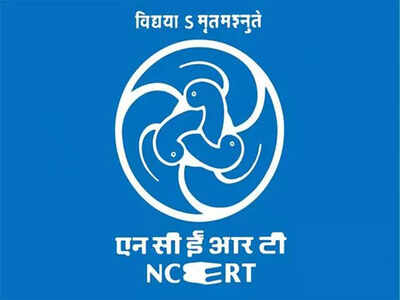ARTICLE AD BOX

In a significant pedagogical shift, the National Council of Educational Research and Training (NCERT) has released a new Class 8 Social Science textbook titled Exploring Society: India and Beyond, offering a more layered and candid portrayal of India’s medieval past.
The new volume, part of the new curriculum under the National Curriculum Framework for School Education (NCF SE) 2023, shifts the study of the Delhi Sultanate, the Mughal Empire, and colonial encounters from Class 7 to Class 8, aligning with the Council's restructured thematic and chronological focus.The textbook’s chapter titled Reshaping India's Political Map presents major political shifts between the 13th and 17th centuries.
It covers the rise and decline of the Delhi Sultanate, the Vijayanagara Empire, the Mughal dynasty, and the emergence of Sikh resistance. What distinguishes this update is not just its content, but its tone. It invites students to examine the past critically without assigning modern-day blame.A preface to the chapter sets this framework clearly: “History sometimes seems to be full of wars and destruction. Should we omit them entirely? The best approach is to face them and analyse them so as to understand what made such developments possible and, hopefully, help avoid their recurrence in future.
It is important to study those darker developments dispassionately, without blaming anyone living today for them.
”
How Babur’s arrival is now framed
The revised chapter begins its examination of the Mughal era with Babur, founder of the dynasty, whose arrival from Central Asia changed the subcontinent’s political map. The textbook outlines his key victories, particularly the First Battle of Panipat in 1526, and his use of advanced military techniques such as field artillery.While the textbook acknowledges Babur’s strategic acumen and his observations in the Baburnama, it also notes his destruction of temples and the religious motivations behind some of his campaigns. These details aim to provide students with an unvarnished understanding of the conquest and its cultural impact, without assigning simplistic labels.
Redefining Akbar’s reign
Among the central figures re-evaluated is Emperor Akbar, who took the throne at the age of 13 following Humayun’s death.
The textbook acknowledges both his military conquests and his attempts at religious accommodation, describing his rule as a “blend of brutality and tolerance, shaped by ambition and strategy.”One example is the 1568 siege of Chittorgarh, where thousands were massacred and women and children enslaved. Citing Akbar’s own dispatches, the book offers insight into his motivations for religious conquest. Yet, it also highlights how Akbar abolished the jizya (a tax on non-Muslims), included Rajput leaders in his court, and promoted sulh-i-kul or “peace with all.”
His translation project at Fatehpur Sikri, which rendered Hindu epics like the Mahabharata and Ramayana into Persian, is presented as part of a broader cultural vision.A quote from his biographer, Abul Fazl, underscores Akbar’s personal evolution: “Formerly I persecuted men into conformity with my faith. As I grew in knowledge, I was overwhelmed with shame. Not being a Muslim myself, it was unmeet to force others to become such.”
Shifting the lens on Aurangzeb
In contrast, Aurangzeb is introduced as a ruler whose territorial expansion was matched by increasing religious conservatism. The textbook documents how he reinstated the jizya, banned music and dance at court, and imposed pilgrimage taxes on Hindus. The destruction of temples in cities such as Banaras and Mathura is discussed alongside the persecution of Sikhs, Sufis, Jains, and Parsis.The succession struggle that brought Aurangzeb to power is also detailed.
Students learn how he defeated Dara Shikoh, executed rivals, and imprisoned his father, Shah Jahan, the emperor behind the Taj Mahal.
Studying the past, not living in it
While the inclusion of violent episodes might spark debate, NCERT has clarified its intent. In a statement quoted by ANI, the council said:“While those happenings cannot be erased or denied, it would be wrong to hold anyone today responsible for them. Understanding the historical origin of cruel violence, abusive misrule, or misplaced ambitions of power is the best way to heal the past and build a future where, hopefully, they will have no place.”The textbook encourages students to engage with history not as a catalogue of heroes and villains, but as a record of choices, consequences, and contradictions. By combining accounts of conflict with stories of reform and cultural exchange, it offers a more rounded view of the past.As India continues to revisit its historical narratives through updated academic frameworks, Exploring Society: India and Beyond signals a shift toward critical thinking in the classroom. It invites learners to interpret and contextualise, rather than simply memorise or judge.TOI Education is on WhatsApp now. Follow us here.



.png)
.png)
.png)
















 11 hours ago
6
11 hours ago
6









 English (US) ·
English (US) ·